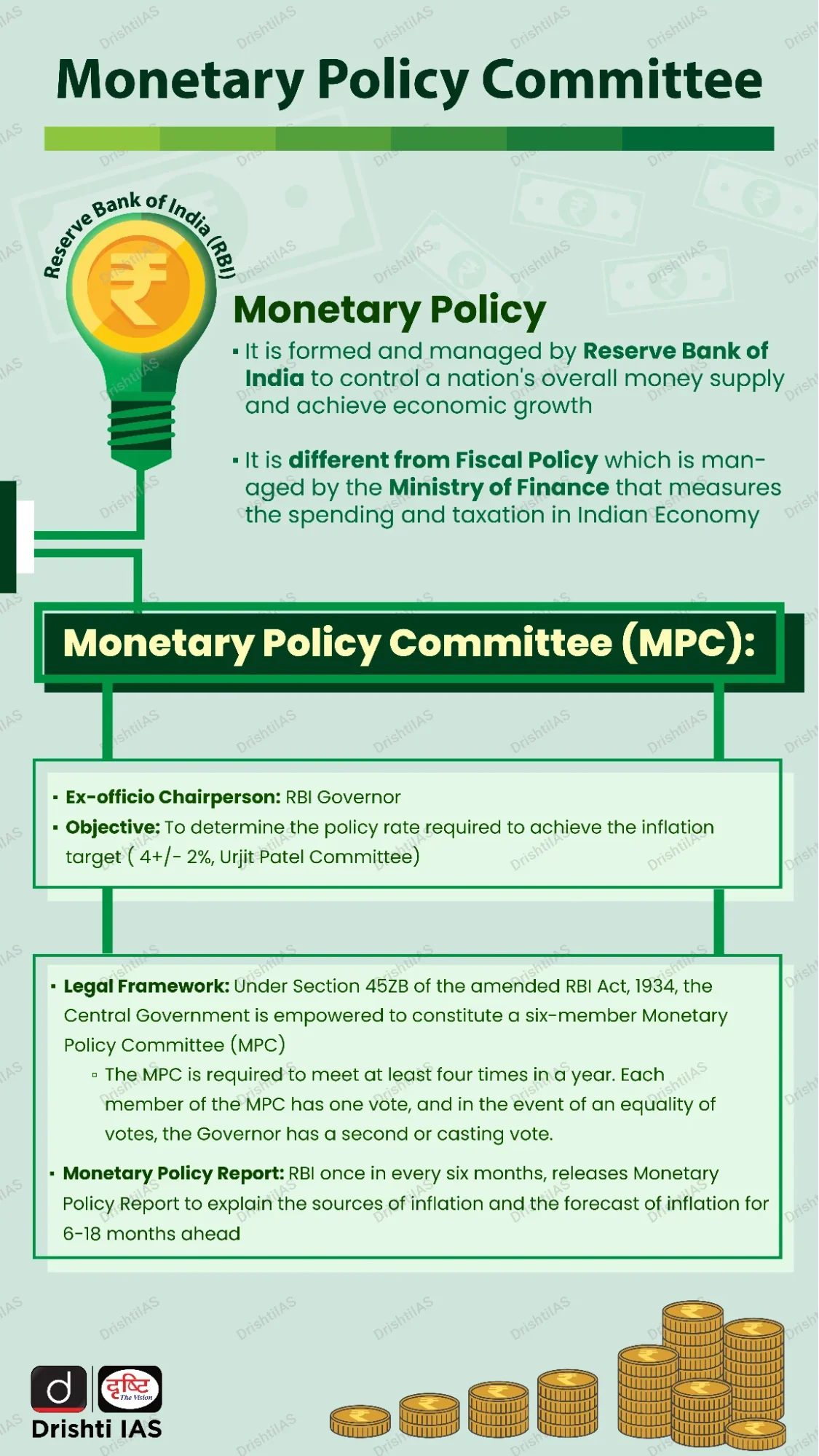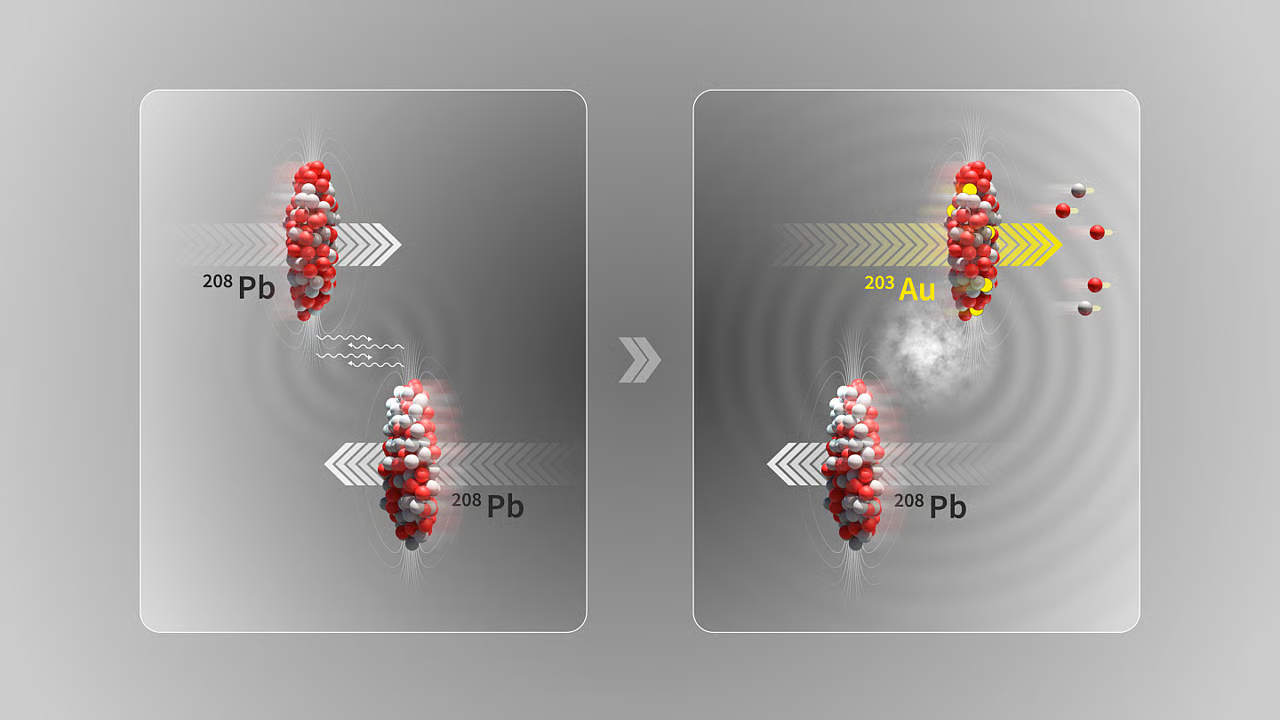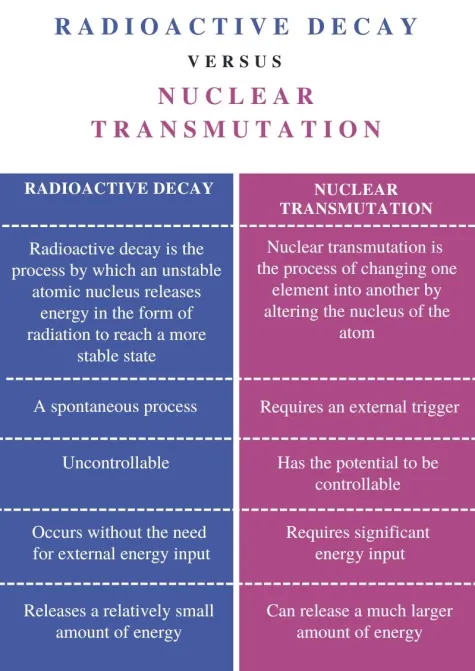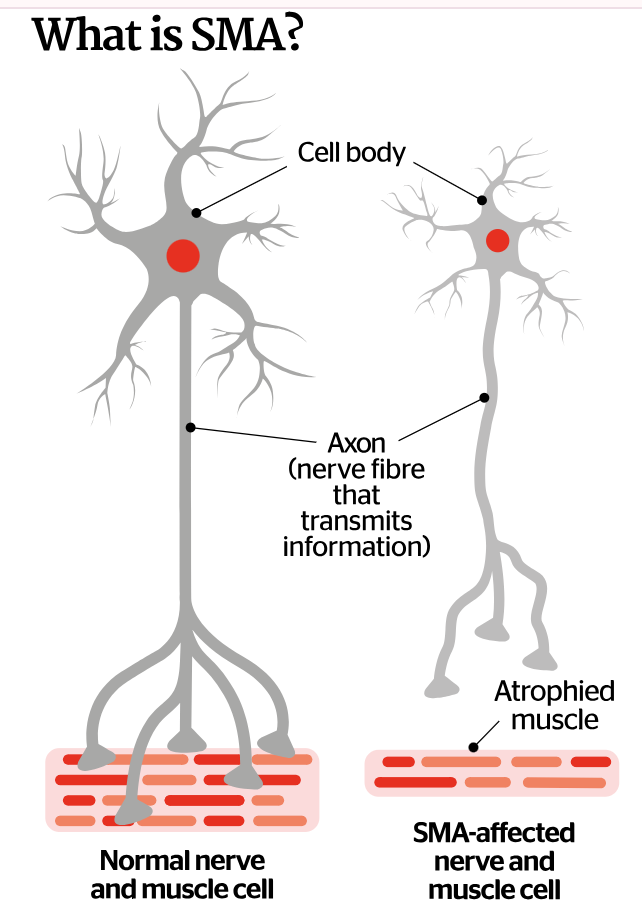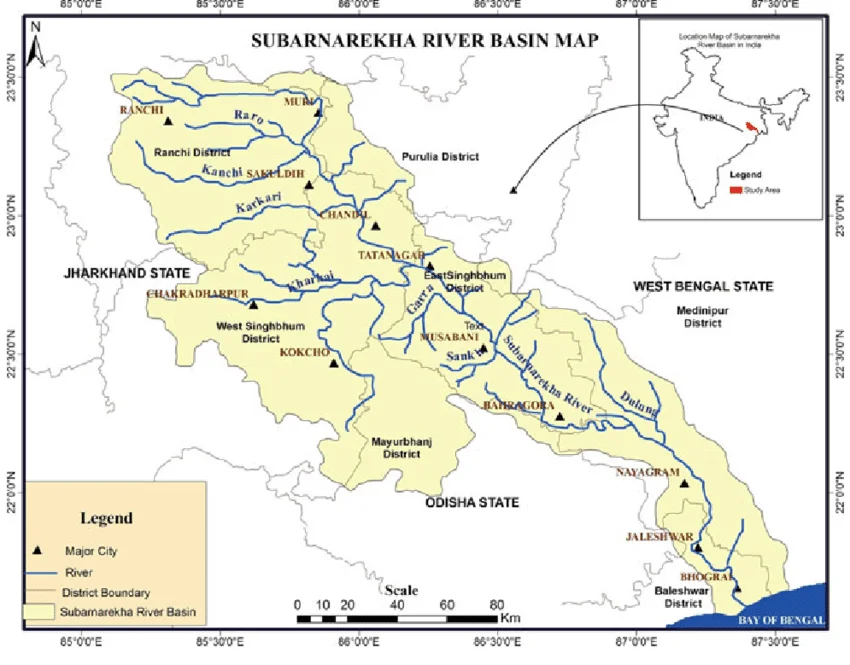Alcohol Regulation in India
For Prelims: Methanol, Ethanol, National Health Mission, Seventh Schedule, National Action Plan for Drug Demand Reduction, National Mental Health Policy (2014), National Action Plan and Monitoring Framework for Prevention and Control of Noncommunicable Diseases, Excise Act, 1944, National Suicide Prevention Strategy (NSPS) 2022.
For Mains: Issue of Alcohol Consumption in India, Alcohol Regulation in India- related Provisions and Challenges, Effect Liquor Consumption on the Human Body.
Source: TH
Why in News?
India is witnessing a steady rise in alcohol consumption, which, despite its well-documented links to health risks, violence, crime, suicides, and financial distress, remains unregulated by a unified national strategy, prompting urgent calls for a comprehensive National Alcohol Control Policy and Programme.
What are the Key Driving Factors for Alcohol Consumption in India?
- Alcohol Prevalence in India: As per the NFHS-5, 14.6% of people aged 10–75 (16 crore) consume alcohol in India with 23% of men and 1% of women.
- India ranks among the highest globally in heavy episodic drinking, with 2.6 million DALYs (Disability-Adjusted Life Years) and a societal cost of Rs 6.24 trillion (2021).
- High-use States: Chhattisgarh, Tripura, Punjab, Arunachal Pradesh, Goa; High disorder prevalence (>10%): Tripura, Andhra Pradesh, Punjab, Chhattisgarh, Arunachal Pradesh.
- Key Driving Factors:
- Biopsychosocial Determinants: Alcohol use is driven by genetic predisposition, as it activates the brain’s reward system, making it addictive like nicotine or cocaine.
- Psychologically, it is used to cope with stress, anxiety, or to seek euphoria.
- Socially, factors like urban lifestyle, peer pressure, and glamorized media portrayals have normalised its use.
- Commercial Determinants: Alcohol use is promoted through surrogate advertising, influencer marketing, and OTT content.
- Product innovations like pre-mixed drinks and flavoured spirits attract youth.
- Easy availability via retail outlets, online delivery, and attractive packaging enhances visibility. Low-cost Indian Made Indian Liquor (IMIL) targets the rural poor, while rising urban incomes increase affordability.
- Policy Gaps: Regulatory loopholes, State dependence on excise revenue, and lack of a unified national policy enable harmful alcohol consumption to persist unchecked.
- Biopsychosocial Determinants: Alcohol use is driven by genetic predisposition, as it activates the brain’s reward system, making it addictive like nicotine or cocaine.
What are the Key Regulations Related to Alcohol Usage in India?
- State Level: Alcohol regulation falls under the State List of the Seventh Schedule of the Constitution, giving States exclusive authority over its production, sale, and distribution, resulting in wide inter-State legal variations.
- States like Bihar, Gujarat, Nagaland, and Mizoram enforce prohibition, while others have experimented with bans.
- Some states exploring for online alcohol delivery via platforms like Swiggy and Zomato contradicts access restrictions.
- Legal drinking age varies from 18 to 25 years; pricing regulations exist in only 19 States/UTs.
- National Level: It includes:
- National Action Plan for Drug Demand Reduction (NAPDDR) 2021-22 under Nasha Mukta Bharat Abhiyan addresses alcohol regulation.
- National Mental Health Policy (2014) links alcohol to mental illness.
- National Health Policy (2017) and National Suicide Prevention Strategy (NSPS) 2022 recommend control measures.
- National Action Plan and Monitoring Framework for Prevention and Control of Noncommunicable Diseases (NMAP) 2017-2022 advocates for a national alcohol policy.
- Excise Act, 1944 regulates the production and distribution of alcohol, including penalties for illegal manufacturing.
- Article 47 (DPSP) provides that the State shall endeavour to prohibit the consumption of intoxicating drinks and drugs injurious to health and to improve public health and nutrition.
What are the Key Challenges to Alcohol Regulation in India?
- Fragmented & Inconsistent Policies: Alcohol being a State subject leads to divergent policies, with no unified national framework, causing inconsistent regulation, conflicting approaches, and weak coordination across States and Ministries.
- Also, poor monitoring enables illicit liquor trade, underage drinking, and non-compliance with licensing and pricing norms, especially in rural and peri-urban areas.
- Revenue Dependency of States: High revenue dependency on alcohol excise duty, which is outside the GST ambit, incentivizes States to prioritize liquor sales over stricter regulation or prohibition. This creates a conflict between fiscal interests and public health objectives, hindering effective alcohol control policies.
- Regulatory Gaps & Evasion: Surrogate advertising, celebrity endorsements, and digital influencers exploit loopholes in advertising laws, while online delivery increases access despite restrictions.
- Political-Bureaucratic Nexus: Political protection and bureaucratic complicity in the illegal liquor trade, aided by corruption and bribery, weaken enforcement and allow bootleggers to operate with impunity.
- Low Public Awareness and Health Literacy: Limited awareness of alcohol’s link to mental illness, NCDs, cancer, and socioeconomic harms (like poverty and domestic violence) hampers public demand for regulation and behaviour change.
What measures Should Be Taken to Effectively Address India’s Alcohol Crisis?
- Affordability: Raise excise duties to discourage excessive consumption while ensuring safeguards against a shift to illicit liquor, especially among the poor.
- Allocation: Earmark alcohol tax revenues specifically for public health, de-addiction, and rehabilitation programmes, with transparent utilisation to prevent diversion and undue corporate influence.
- Accessibility: Limit physical and digital access by restricting alcohol sales in residential areas, malls, food courts, and curbing online delivery through platforms like Swiggy, Zomato, and Blinkit to denormalize casual consumption.
- Advertisement: Ban surrogate and influencer-led promotions, and regulate algorithm-driven amplification of alcohol-related content across social media and OTT platforms.
- Attractiveness: Enforce plain packaging, prominent health warnings, and ban in-store promotional displays to reduce alcohol’s glamorized and aspirational appeal.
- Awareness: Launch nationwide public awareness campaigns, drawing from tobacco control successes, to highlight links between alcohol and cancer, mental illness, domestic violence, and poverty, especially targeting youth and vulnerable communities.
- Artificial Intelligence (AI): Use AI tools to detect and curb digital misinformation, promotional content, and underage targeting, while also aiding in monitoring policy violations and enforcement.
- National Level Policy: A National Alcohol Control Policy and Programme must be formulated to ensure a coordinated, public health–oriented approach that prioritises people over profit, prevention over revenue, and long-term societal well-being over short-term fiscal gains.
Conclusion
India’s growing alcohol crisis demands urgent, coordinated action beyond fragmented State policies. A comprehensive National Alcohol Control Policy, rooted in public health and social equity, is essential to curb rising consumption and related harms. Prioritising prevention, awareness, and regulation over revenue interests will ensure long-term well-being and sustainable governance.
|
Drishti Mains Question: Q. India’s rising alcohol consumption poses major public health and governance challenges. Discuss the need for a National Alcohol Control Policy and suggest key measures to address it. |
UPSC Civil Services Examination, Previous Year Question (PYQ)
Prelims:
Q. Bisphenol A (BPA), a cause of concern, is a structural/key component in the manufacture of which of the following kinds of plastics? (2021)
(a) Low-density polyethylene
(b) Polycarbonate
(c) Polyethylene terephthalate
(d) Polyvinyl chloride
Answer: (b)
Q. ‘Triclosan’, considered harmful when exposed to high levels for a long time, is most likely present in which of the following? (2021)
(a) Food preservatives
(b) Fruit-ripening substances
(c) Reused plastic containers
(d) Toiletries
Answer: (d)
RBI’s Monetary Policy
Source: TH
Why in News?
In the June 2025 Monetary Policy Committee (MPC) meeting, the Reserve Bank of India (RBI) Governor highlighted the fragility of the global economy, noting that despite 100 bps rate cuts since February 2025, monetary policy has limited space to support growth. Given the slow pace of inflation reduction and external uncertainties, a shift from an accommodative to a neutral stance was deemed appropriate.
Note: An accommodative stance means the RBI lowers or maintains low policy rates to boost growth, increase liquidity, and encourage investment during slow growth or low inflation.
- A neutral stance gives the RBI flexibility to raise or cut rates depending on evolving inflation or growth risks, aiming for a balanced policy approach.
What is the Monetary Policy Committee (MPC)?
What is Monetary Policy?
- About: Monetary policy is the process through which the RBI regulates the money supply in the economy by using various monetary instruments under its control to achieve the objectives outlined in the RBI Act, 1934.
- Objectives: The primary objective is price stability, with inflation targeting as the primary focus. The target is CPI (Combined) inflation within the 2-6% range, set by the Government in consultation with the RBI.
- Other objectives include promoting growth, generating employment, and ensuring exchange rate stability.
Tools of Monetary Policy:
- Quantitative Tools
- Reserve Ratios:
- Cash Reserve Ratio: The percentage of a bank’s Net Demand and Time Liabilities (NDTL) that must be maintained as cash reserves with the RBI.
- Statutory Liquidity Ratio: Banks are required to hold a fixed portion of their NDTL as liquid assets such as cash, gold, and unencumbered securities.
- Open Market Operations (OMO): Purchase and sale of government securities.
- Repo & Reverse Repo Rate:
- Repo Rate: It is the rate at which the RBI offers overnight liquidity to banks in exchange for government and other approved securities as collateral.
- Reverse Repo Rate: It is the rate at which the RBI absorbs overnight liquidity from banks in exchange for eligible government securities as collateral.
- Bank Rate: It is the rate at which the Reserve Bank is willing to purchase or rediscount bills of exchange or other commercial papers.
- The bank rate is the interest rate at which the RBI lends long-term, unsecured funds to commercial banks, without collateral. The repo rate is the rate at which the RBI lends short-term funds to banks against collateral to manage liquidity.
- Marginal Standing Facility (MSF): It is the amount of overnight funds that scheduled commercial banks can borrow by utilizing their SLR portfolio up to a specified limit, at a penal interest rate.
- Liquidity Adjustment Facility (LAF): It consists of overnight as well as term repo auctions.
- Market Stabilisation Scheme (MSS): MSS bonds are special bonds issued by the RBI on behalf of the government to absorb excess liquidity when regular government bonds are insufficient.
- These bonds generally have a short tenure of less than six months, though the maturity period may vary as per requirements.
- Reserve Ratios:
- Qualitative Tools
- Margin Requirement: It is the difference between the market value of the assets and its maximum loan value.
- It helps control speculative lending and is adjusted under selective credit control.
- Consumer Credit Control: Setting rules on down payments and maximum repayment periods for installment credit used to purchase goods.
- Rationing: Regulation of credit by commercial banks, e.g., RBI may limit loans to sectors like real estate to check excessive lending.
- Moral Suasion: A request by the RBI urging commercial banks to adopt specific measures in line with economic trends.
- Direct Action: Steps taken by the RBI against banks that fail to meet specified conditions or requirements.
- Margin Requirement: It is the difference between the market value of the assets and its maximum loan value.
UPSC Civil Services Examination, Previous Year Questions (PYQs)
Q.Which of the following statements is/are correct regarding the Monetary Policy Committee (MPC)? (2017)
- It decides the RBI’s benchmark interest rates.
- It is a 12-member body including the Governor of RBI and is reconstituted every year.
- It functions under the chairmanship of the Union Finance Minister.
Select the correct answer using the code given below:
(a) 1 only
(b) 1 and 2 only
(c) 3 only
(d) 2 and 3 only
Ans: (a)
Q. If the RBI decides to adopt an expansionist monetary policy, which of the following would it not do? (2020)
- Cut and optimize the Statutory Liquidity Ratio
- Increase the Marginal Standing Facility Rate
- Cut the Bank Rate and Repo Rate
Select the correct answer using the code given below:
(a) 1 and 2 only
(b) 2 only
(c) 1 and 3 only
(d) 1, 2 and 3
Ans: (b)
Unique Stellar Chemistry of Star A980
Source: PIB
Why in News?
Scientists at the Indian Institute of Astrophysics (IIA), Bengaluru identified a rare helium-rich star (A980) exhibiting a rare chemical composition, challenging existing models of stellar evolution and nucleosynthesis.
What are the Key Facts Related to Star A980?
- A980 lies in the Ophiuchus constellation, about 25,800 light years from Earth.
- It shows the first-ever detection of singly-ionized germanium (Ge II) in an EHe star, with germanium levels eight times higher than in the Sun.
- About Star A980: A980 is a cool Extreme Helium (EHe) star, a rare class of evolved stars made almost entirely of helium with little to no hydrogen, typically formed through the merger of a helium-rich and a carbon-oxygen rich white dwarf.
- Stellar Models and Star A980: Stellar models explain how stars form, evolve, and create elements. They suggest heavy elements like germanium form in supernovae or AGB stars, not in Extreme Helium (EHe) stars.
- However, Star A980, an EHe star, shows unusually high germanium levels, challenging these models.
- It suggests that element formation may happen during white dwarf mergers, a process not well covered in current theories, indicating the need to revise stellar evolution models.
Indian Institute of Astrophysics (IIA)
- IIA is a premier research institution under the Department of Science & Technology (DST), dedicated to astronomy, astrophysics, and related physical and engineering sciences.
- It traces its origins to the Madras Observatory established in 1786, which was later relocated to Kodaikanal in 1899. It was renamed as IIA in 1971 and shifted its headquarters to Bengaluru in 1975.
What is Stellar Nucleosynthesis?
Click Here to Read: Stellar Nucleosynthesis
UPSC Civil Services Examination Previous Year Question (PYQ)
Recently, scientists observed the merger of giant ‘blackholes’ billions of light-years away from the Earth. What is the significance of this observation? (2019)
(a) ‘Higgs boson particles’ were detected.
(b) ‘Gravitational waves’ were detected.
(c) Possibility of inter-galactic space travel through ‘wormhole’ was confirmed.
(d) It enabled the scientists to understand ‘singularity’.
Ans: (b)
Turning Lead into Gold
Source: DTE
Scientists at CERN briefly transformed lead (Pb) into gold (Au) (just a nanosecond) in tiny amounts using high-energy particle collisions inside the world’s most powerful particle accelerator, Large Hadron Collider (LHC).
- This was achieved not by direct collisions but through ultra-peripheral “near-miss” interactions between accelerated lead nuclei (atomic number 82), demonstrating nuclear transmutation.
- Nuclear transmutation is the process of changing one element into another by altering the number of protons or neutrons in an atom’s nucleus.
Ultra-Peripheral Collisions
- At CERN’s LHC, ultra-peripheral collisions occur when lead nuclei pass very close without direct contact.
- Their electromagnetic fields interact, emitting high-energy photons that trigger electromagnetic dissociation- a process where protons and neutrons are ejected from the nucleus.
- In such events, removal of 3 protons from lead (atomic number 82) results in the formation of gold (atomic number 79) and depending on the number of protons lost, elements like thallium and mercury were also created.
- The experiment offers a striking example of how extreme physics can alter the identity of matter, showcasing modern artificial nuclear transmutation and deepening our understanding of atomic interactions under extreme conditions.
| Read More: Hadron Collider Run 3 |
Spinal Muscular Atrophy
Source: TH
In a first-of-its-kind medical intervention in India, a newborn with the SMN1 gene mutation for Spinal Muscular Atrophy (SMA) is receiving presymptomatic treatment using Risdiplam, a rare disease-modifying drug given to prevent motor neuron degeneration.
Spinal Muscular Atrophy
- About: It is a genetic disorder caused by an SMN1 gene mutation and protein deficiency, leading to the progressive weakening of muscles due to damage to motor neurons.
- Genetic disorders are caused by abnormalities in genes or chromosomes, either inherited or due to DNA mutations.
- Occurrence: It affects one in every 10,000 births and is a major genetic cause of infant and child mortality.
- Gene Transfer: SMA occurs when both parents pass on SMN1 gene mutations, though they are typically carriers without showing symptoms.
- Impact: It mainly affects muscles that fail to receive signals from nerve cells.
- Symptoms: It causes weakness in voluntary muscles like the shoulders, hips, and thighs, along with breathing and swallowing difficulties, while involuntary muscles (heart, blood vessels, digestive tract) remain unaffected.
| Read More: Genetic Disorders |
Subarnarekha River
Source: TH
Balasore district in Odisha was flooded after water from Chandil Dam, built across the Subarnarekha River in Jharkhand, was allegedly released without prior intimation to Odisha.
About Subarnarekha River
- Origin & Course: It originates near Nagri village in Ranchi district, Jharkhand and covers about 395 km before emptying into the Bay of Bengal, forming an estuary between the Ganga and Mahanadi deltas.
- Tributaries: Kharkai (joins at Sonari/Domuhani near Jamshedpur), Kanchi, Karkari, Roro, Harmu Nadi, Damra, Singaduba, Dulunga, and others.
- Basin & Geography: It spreads across Jharkhand, Odisha, and West Bengal, bounded by the Chota Nagpur Plateau (north & west), Baitarani basin (south), Bay of Bengal (south-east), and Kasai Valley (east).
- The river forms Hundru Falls along its course.
- Dams & Reservoirs: Getalsud Reservoir, Chandil Dam, Galudih Barrage, Icha Dam, and Kharkai Barrage.
Rice Yellow Mottle Virus
Source: DTE
Rice Yellow Mottle Virus (RYMV), a highly contagious plant disease, is ravaging rice crops across Africa, leading to major yield losses and posing a serious threat to food security.
Rice Yellow Mottle Virus
- Origin & Spread: It originated in the Eastern Arc Mountains of Tanzania in the 1800s from wild grasses, spreading to the Kilombero Valley and Morogoro (Tanzania) before expanding across Sub-Saharan Africa.
- Though endemic to Africa, it has also been reported in Turkey.
- Causal Agent & Transmission: The virus is a member of the Sobemovirus known for its high genetic variability, allowing it to evolve rapidly.
- Vectors include beetles (Chrysomelidae), grasshoppers, cows, rats, and donkeys.
- It spreads through insect vectors, mechanical means (sap or water contact), and root injuries, but is not seed-borne.
- Symptoms: Yellow-green streaks appear on young leaves, leading to mottling and leaf twisting. Plants show stunted growth, poor panicle formation, sterility, and may eventually die.
- Impact on Rice Production: Yield losses range from 10% to 100%, with early infection causing greater damage.
|
Read More: Cucumber Mosaic Virus and RNA Silencing |

